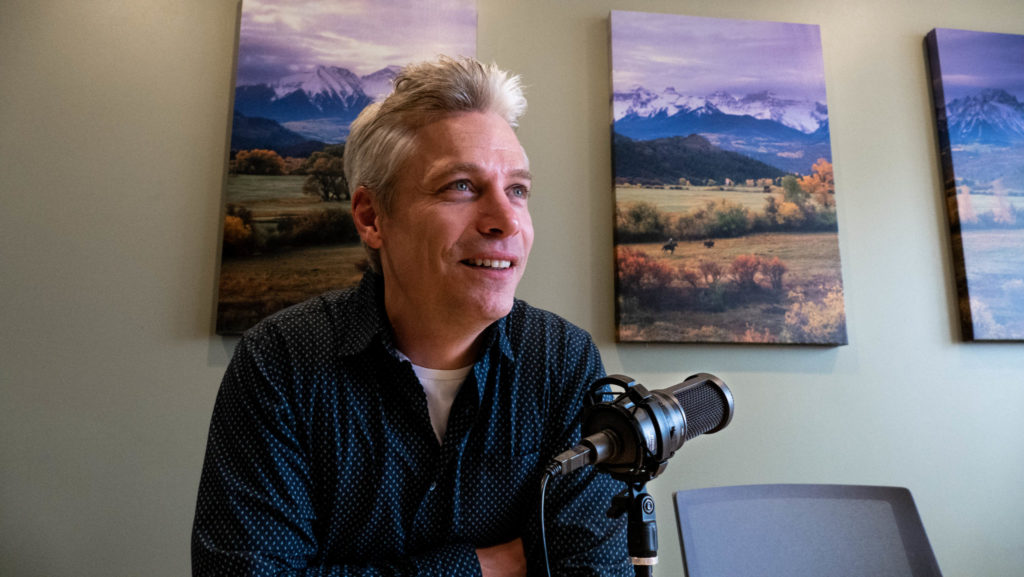There are a lot of factors that go into an adolescent’s decision to start vaping or smoking cigarettes. Nathaniel Riggs, professor and director of the Prevention Research Center at Colorado State University, studies what contributes to whether someone develops a smoking habit, and more importantly, how substance use disorders can be prevented.

Nathaniel Riggs, Director of the Prevention Research Center with Human Development and Family Studies was interviewed for the State of Research Podcast in March, 2020.
The field of prevention science is quickly changing the way we think about health and well-being, tracing it back to childhood. On this episode of the State of Research podcast, our discussion with Riggs reveals why adolescents are more often involved with risky behaviors and how prevention research can promote lifelong success.
“Sometimes it’s substance misuse, sometimes it’s risky sexual behavior, or violence prevention, but what we’re starting to find out … is that if you start prevention efforts early, you can have downstream effects on multiple health behavior outcomes,” Riggs explained.
Riggs describes the adolescent brain as having a fully developed gas pedal but a still-developing brake pedal. This is something that starts to change as the frontal cortex, the region of the brain responsible for inhibition and impulse control, develops throughout adolescence and into the early to mid-twenties. During this time, Riggs believes parents and educators can take actions that have the potential to significantly improve outcomes later in life.
The first step is to determine the personal, peer, family, and community factors that contribute to healthy decision-making. This information then helps Riggs and his fellow researchers create preventive interventions that promote healthy decision making which can be implemented for a variety of ages and environments. “I’m really interested in school-based interventions,” Riggs said. “I focus on that age range where the brain is really rapidly developing.
Risk and reward
Some of these programs include exposing children to healthy forms of risk-taking. Riggs explained that risk-taking as children or young adults are valuable experiences to learn from.
“Here in Colorado, we have incredible opportunities for that,” Riggs said. “The mountains are just an hour and a half away.”
Activities like skiing, exploring the outdoors or athletics can provide adolescents the opportunity to take risk, but healthy risks that are empowering and have positive long-term outcomes.

Prevention Research Center faculty affiliates.
The basic research behind school or community-based programs is essential, but Riggs’ favorite part is putting this research into practice. At the Prevention Research Center, part of CSU’s Department of Human Development and Family Studies, Riggs and his colleagues develop projects ranging from substance use prevention, to promoting family resilience, and even policy development. And although they all present different challenges and methods, each focuses on developing true University-community partnerships. For Riggs, a successful project means “engaging our communities as true partners in the implementation, evaluation and testing of our preventive interventions … as part of a more comprehensive community system.”
Listen now


